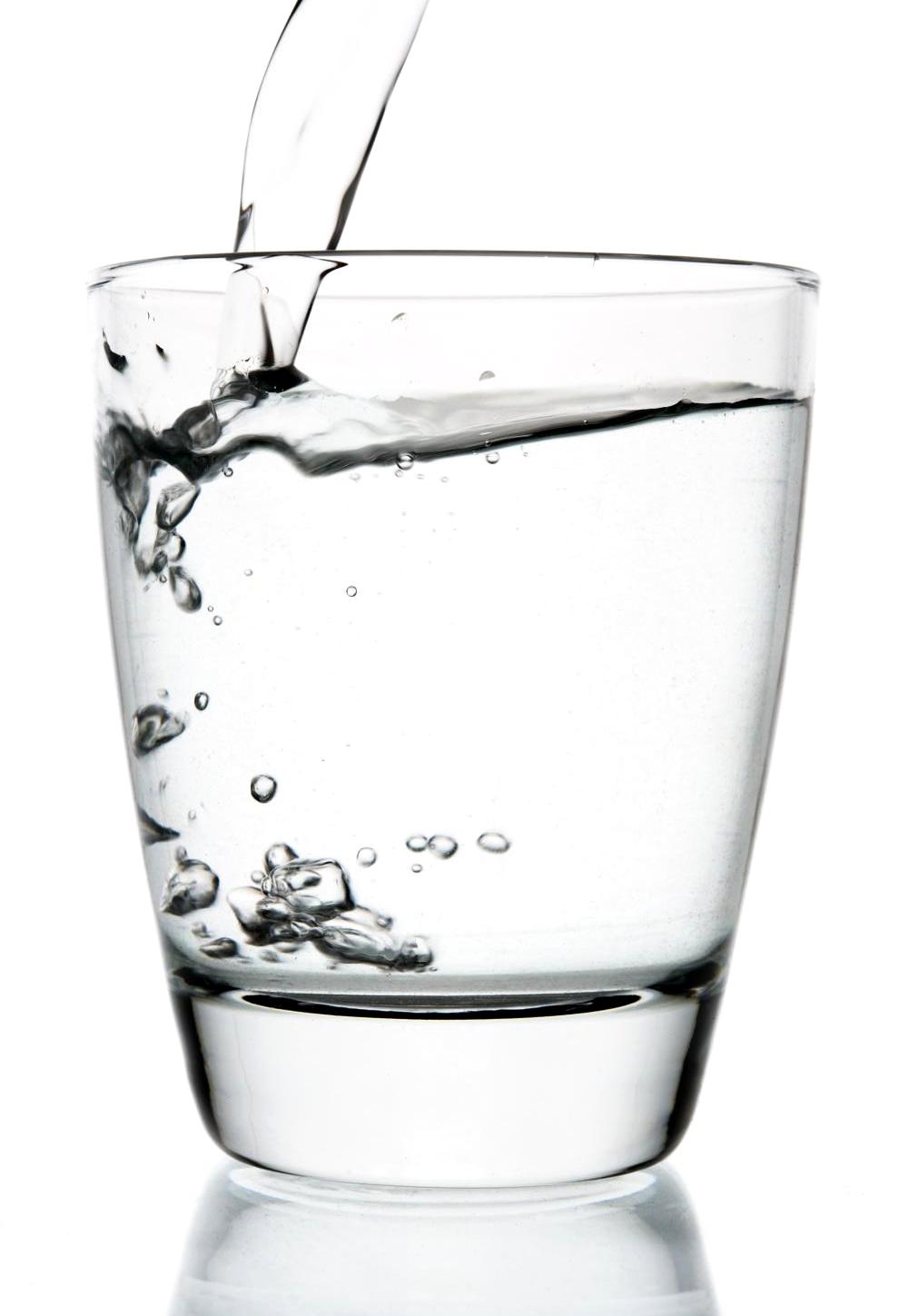
In 1993, the United Nations General Assembly designated March 22 as the first World Water Day. And with good reason – without water, we’d be nothing. Just dust. Water is one of the most common substances on earth, and one of the most vital; it’s a tremendously valuable resource, yet one we squander and pollute prodigiously.
Water is the foundation of health. Fred Van Liew has nearly three decades of experience in nearly all areas of natural health care to guide you to the best in affordable water purification technology. The EZTWIST Under Counter Reverse Osmosis System with eStick technologies is the ultimate in essential water treatment for all drinking and cooking needs! If you are not filtering your water, your body becomes the filter!
-More than one-quarter of all bottled water comes from a municipal water supply – the same place that tap water comes from.

By weight our body is about 70% water, another 9% is a combination of chemical compounds and the remaining 21% is bone and solid tissue. If we are made up of 70% water, then naturally the quality of the water we consume will have a very dramatic impact on our overall state of health. For this reason eWater focuses on the highest quality filtration components and combined them with the ease of quick connect features. This allows for easy yearly maintenance as well as an accidental contamination free environment. The eWater EZTWIST RO unit is designed for dealing with EPA standard city water guidelines and focuses on harmful chemicals. These harmful chemicals are found in just about every city's water and are very hard to remove. The process of reverse osmosis can take up to an hour to produce a gallon of water and that is based on temperature as well as pressure. The process of reverse osmosis is completed through our five filter system and will require yearly maintenance.
Here is a list of the harmful known toxins we focus on:
 One unfortunate fact is that When it comes to chemicals, there’s a lot of "known unknowns." We know that there are over 84,000 industrial chemicals used commercially in the United States. Not known? The full extent of their health impacts. Only nine dangerous chemicals have been studied enough to be banned or restricted by the EPA. The rest of them? They’re in daily use—in personal care products, in pharmaceuticals, household items, and of course in industrial applications. And because there was no requirement to prove their safety before putting them on the market, potentially toxic chemicals are getting into our air and water.
One unfortunate fact is that When it comes to chemicals, there’s a lot of "known unknowns." We know that there are over 84,000 industrial chemicals used commercially in the United States. Not known? The full extent of their health impacts. Only nine dangerous chemicals have been studied enough to be banned or restricted by the EPA. The rest of them? They’re in daily use—in personal care products, in pharmaceuticals, household items, and of course in industrial applications. And because there was no requirement to prove their safety before putting them on the market, potentially toxic chemicals are getting into our air and water.
Using the process of reverse osmosis is the best way we know to remove these "known unknowns" because Reverse Osmosis is capable of removing up to 99%+ of the dissolved salts (ions), particles, colloids, organics, bacteria and pyrogens from the feed water (although an RO system should not be relied upon to remove 100% of bacteria and viruses). An RO membrane rejects contaminants based on their size and charge. Any contaminant that has a molecular weight greater than 200 is likely rejected by a properly running RO system (for comparison a water molecule has a MW of 18). Likewise, the greater the ionic charge of the contaminant, the more likely it will be unable to pass through the RO membrane.
While we cannot regulate or accurately measure the rejection rate of "known unknowns" it is important to acknowledge them and use the reverse osmosis function to anticipate as much of their removal as possible.


